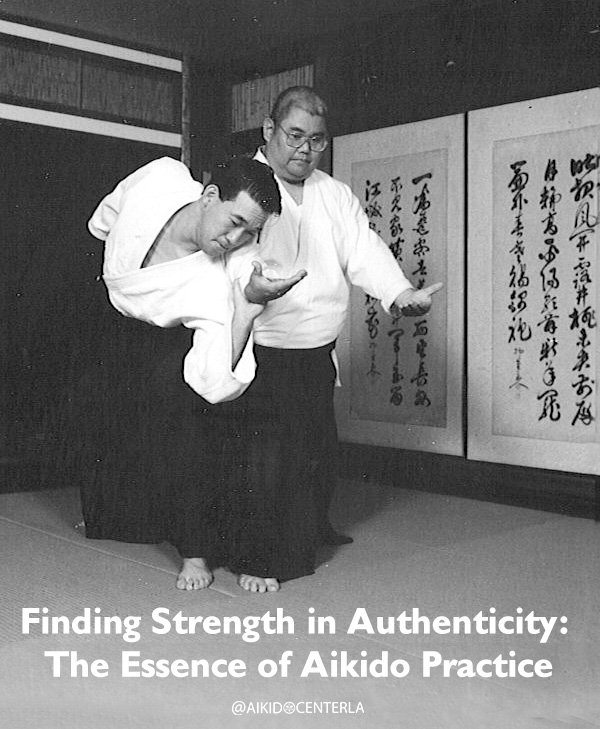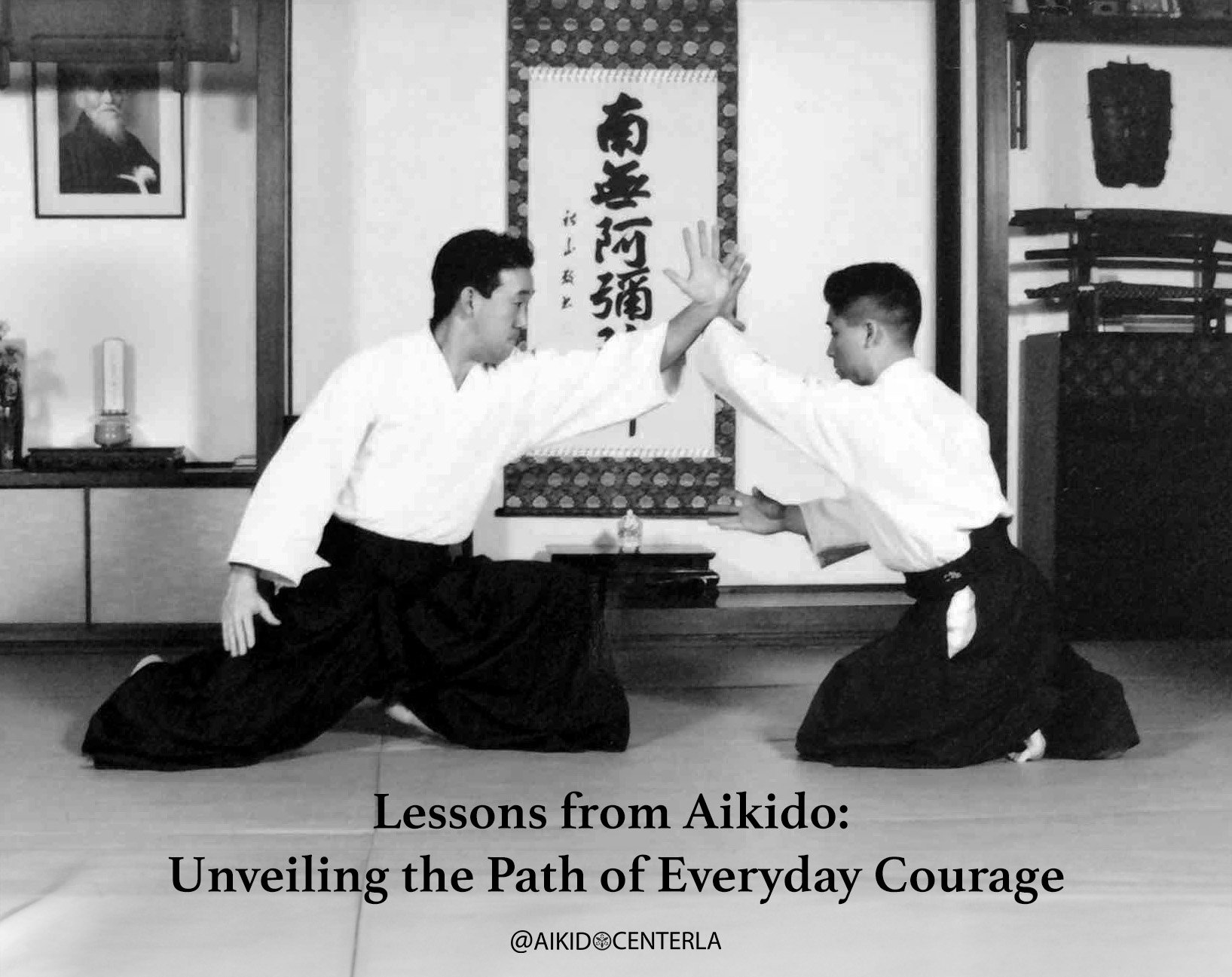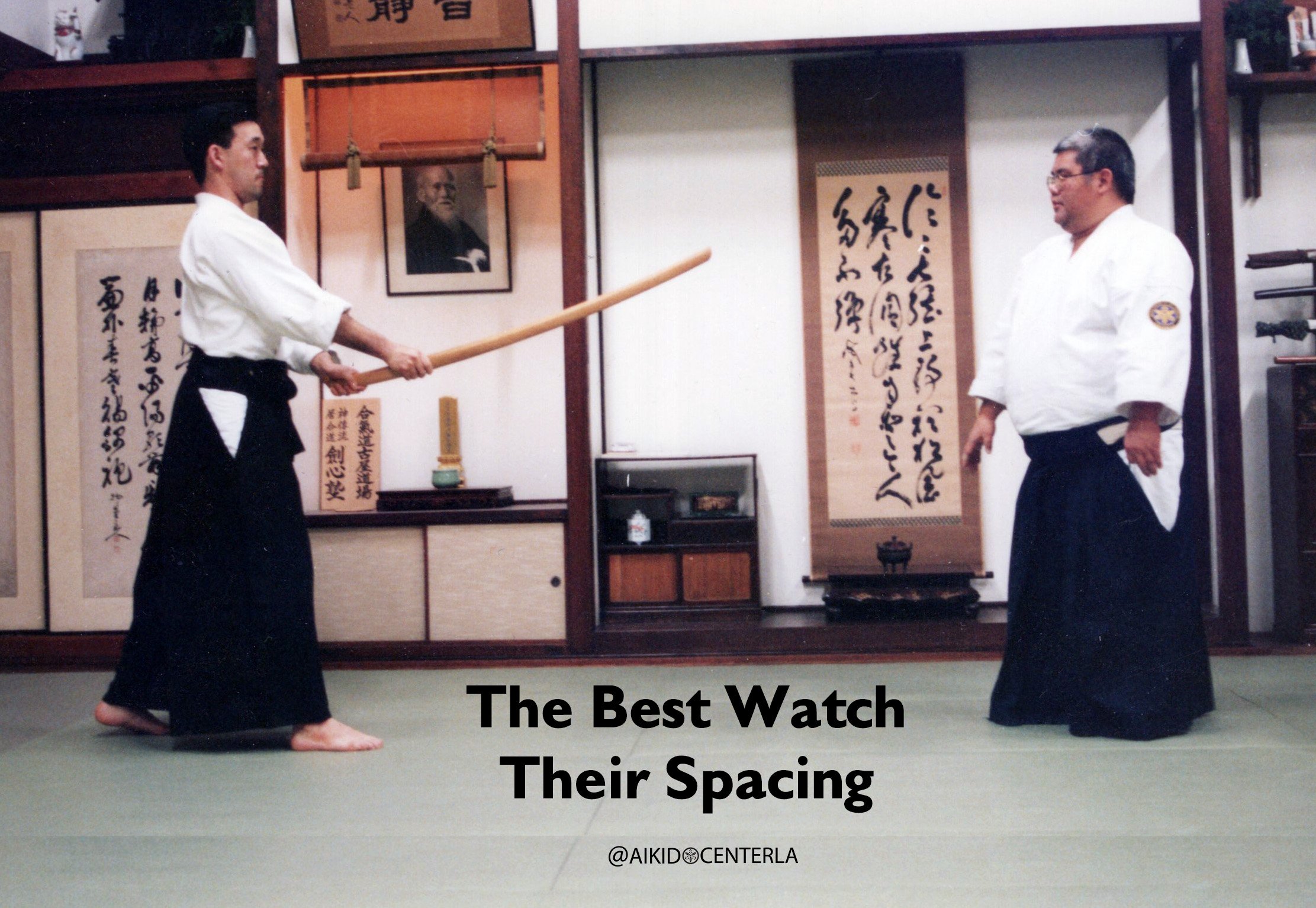角を矯めて牛を殺す
Tsuno wo tameteushi wo korosu
Perfect is the enemy of good.
The best Aikidoist embraces imperfection.
One of the things we strive to embrace in our Aikido training is the concept of wabi-sabi (侘び寂び). Wabi-sabi is one of those Japanese words which can’t be easily translated into English. Wabi-sabi is to be moved emotionally by a profound sense of beauty in something because it’s imperfect and impermanent.
Here is a story which illustrates this idea of wabi-sabi. Long ago, Sen Rikyu, the originator of the tea ceremony, was invited to his tea growers house for tea ceremony. During the ceremony, the grower nervously knocked over the tea whisk and all of Rikyu’s assistants snickered. At the end of the service, Rikyu said that it was the best cup of tea he had ever been served. On the way home, one of the assistants inquired why he had said that. Rikyu answered, “He did not invite me to show off his perfection as a tea master. He invited me so that we could enjoy a cup of tea together. I was touched by the sincerity of his effort and thus it was a wonderful cup of tea.” Rikyu was moved by the imperfection which showed the tea grower’s honest sincerity.
In Aikido training, we often see students becoming frustrated as they try to perfect their technique. This frustration is necessary because it shows that the student cares - it shows their honest sincerity. Teachers should see the student’s sincere effort and reward it with empathy rather than scorn. Sometimes it is best to simply realize that right now is good enough. Other students should also see their own strife in their fellow students and thus realize that they are more than mere throwing dummies there for them to release their frustrations upon.
As a martial artist, every Aikidoist must realize that they are an imperfect person living in an imperfect world which is filled with other imperfect people. If we cannot, then we risk judging them and judgements are often wrong. As they say, “People who live in glass houses shouldn't throw stones.” This is not the same as giving people a pass for poor behavior. Like wabi-sabi it is having the ability to see another person’s humanity first and judge them accordingly afterwards.
Furuya Sensei once wrote, “Although we strive for perfection in our training, our humanity lies in our imperfection. We are not great because of our strengths, we are human because of our weaknesses. We should never forget this in our Aikido training.” Thus, humanity is our greatest strength and our two greatest skills are in our ability to be kind in our actions and generous in our judgements. We are kind and generous because we realize that we too are imperfect and thus need kindness, compassion, and forgiveness when we make a mistake. In order to get it, we have to give it. Training teaches us to realize that no matter how hard we try to be perfect, we too are imperfect and that is beautiful. Aikido training teaches us to strive for quality of effort over emphasizing the quality of product and that’s why the best Aikidoist embraces imperfection in themselves, in others, and in the world.
Today’s goal: Instead of judging people based upon their imperfections, realize that imperfection is what makes them perfect.
Watch this video to better understand wabi-sabi





















